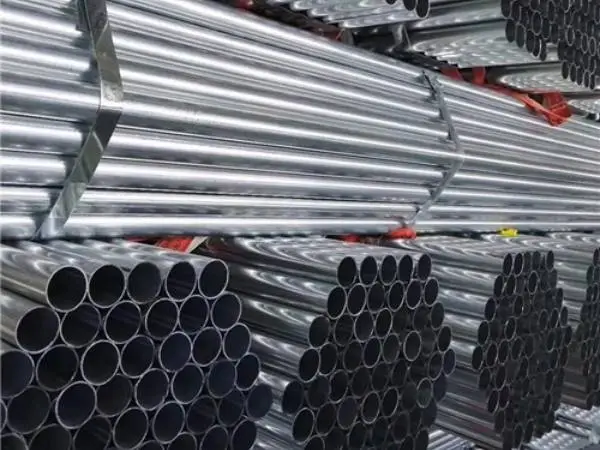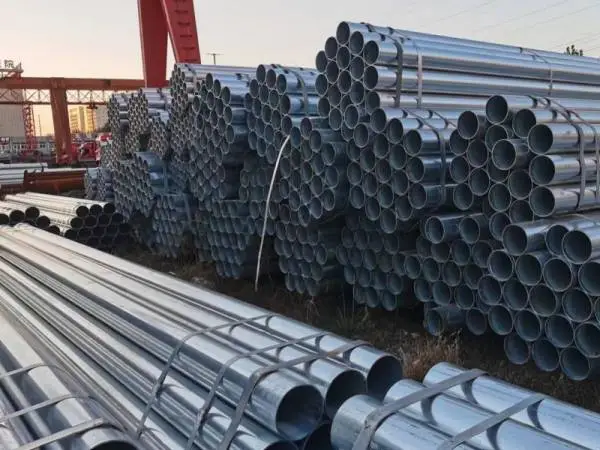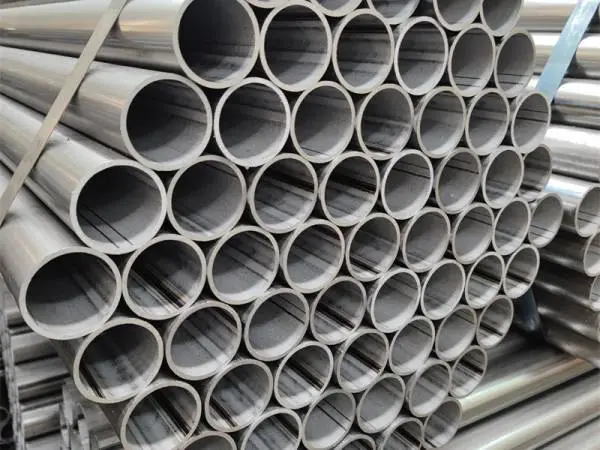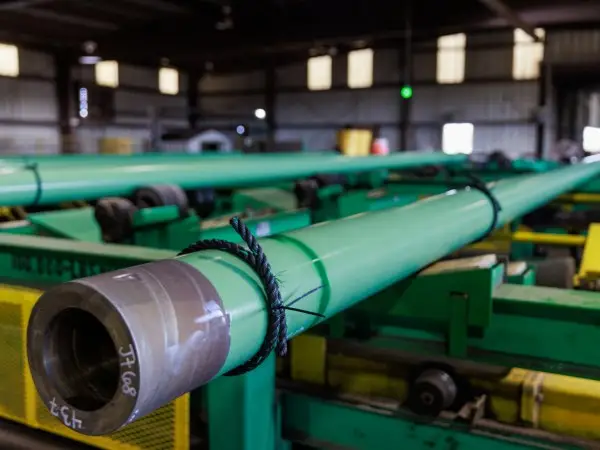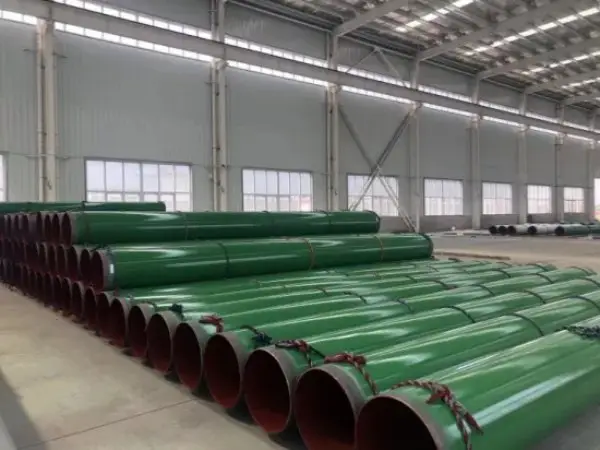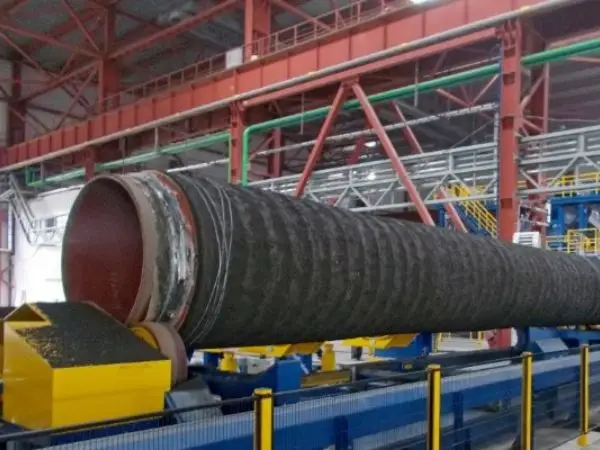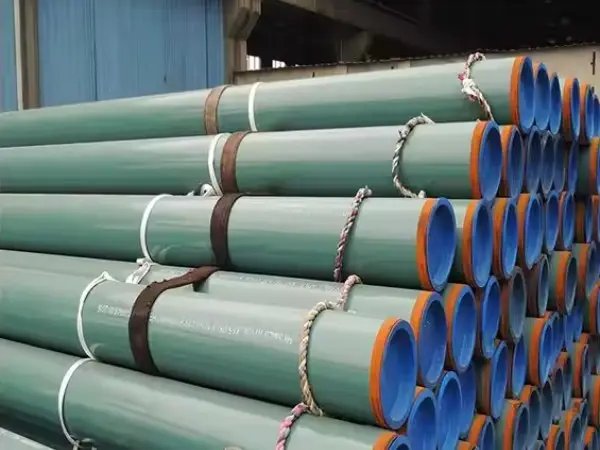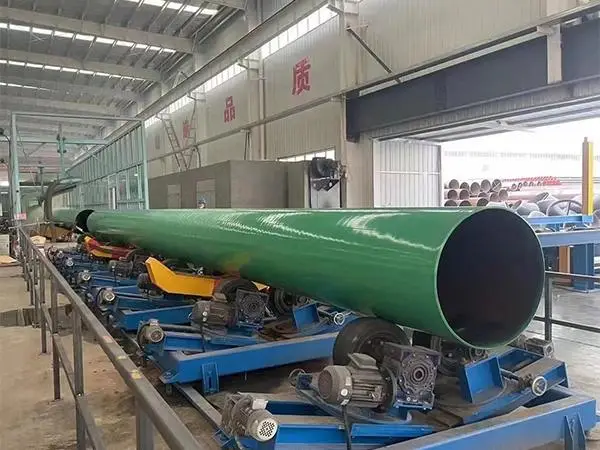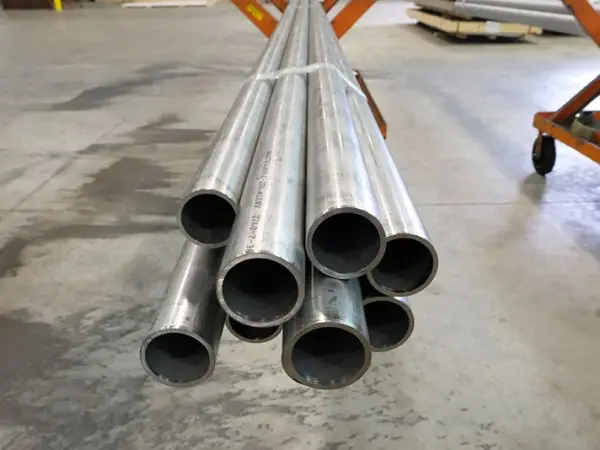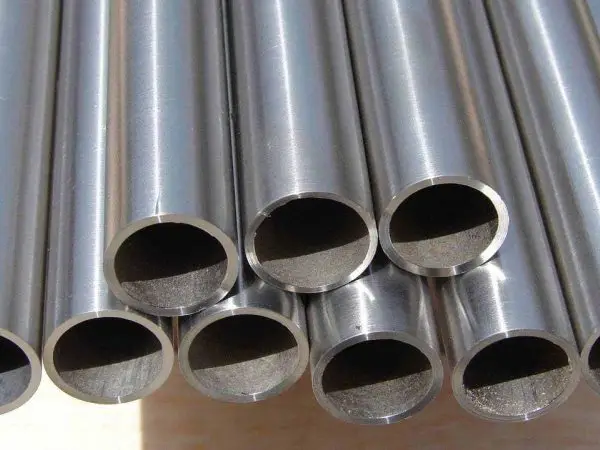-
2024-11-18Product News
Introduction to SCH 40 galvanized seamless pipe
SCH 40 galvanized seamless pipe refers to a type of steel pipe with a Schedule 40 wall thickness that is also coated with a layer of zinc through galvanization. This combination makes the pipe durable, corrosion-resistant, and suitable for various structural, industrial, and fluid transportation applications.
-
2024-11-18Product News
How many types of galvanized seamless pipes are there?
Galvanized seamless pipes can be classified into different types based on the galvanizing process, intended application, and zinc coating method. Here’s an overview of the main types of galvanized seamless pipes.
-
2024-11-13Product News
Galvanized welded pipe production process
Galvanized welded pipes are widely used in various industries due to their strength, durability, and excellent corrosion resistance provided by a protective zinc coating. The production process of galvanized welded pipes involves several precise and well-coordinated steps that ensure the pipes meet high quality standards and perform reliably under different conditions. Here is a detailed look at each stage of the process.
-
2024-11-13Product News
Introduction to ERW galvanized steel pipe
ERW (Electric Resistance Welded) galvanized steel pipes are steel pipes with a protective zinc coating applied to enhance their resistance to corrosion. This coating ensures durability and longevity, making ERW galvanized pipes a reliable, versatile, and cost-effective solution for various industrial, commercial, and residential applications. These pipes are popular in fields like construction, agriculture, and plumbing due to their excellent corrosion resistance, structural strength, and ease of installation.
-
2024-11-12Product News
FBE coating pipe coating techniques
Fusion Bonded Epoxy (FBE) coating is widely used in pipe protection, particularly in industries where pipes are exposed to corrosive environments, such as oil, gas, and water industries. This type of coating forms a strong, corrosion-resistant layer that can extend the life of steel pipelines, significantly reducing maintenance costs and downtime. To achieve the desired protective layer, three main application techniques for FBE coating are used, each providing unique benefits depending on the specific requirements of the pipeline project. These methods include Electrostatic Spray, Fluidized Bed, and Rotary Atomization.
-
2024-11-12Product News
Advantages of FBE coated pipes
Fusion Bonded Epoxy (FBE) coated pipes offer several advantages, making them popular in industries requiring durable and corrosion-resistant piping. Here are the key benefits of FBE coated pipes.
-
2024-11-11Product News
Concrete coated pipe types and dimensions
Concrete coated pipes are commonly used in subsea environments and are manufactured in various dimensions and with multiple coating options to meet different environmental demands. These pipes can be customized with varying weights, thicknesses, and densities of concrete coatings, as well as additional anti-corrosion and insulation coatings to enhance their durability and performance underwater.
-
2024-11-11Product News
Referred standards of concrete coated pipe
When it comes to manufacturing and ensuring the quality of concrete coated pipes, adherence to a range of standards is essential. These standards guide not only the coating specifications but also the testing procedures and material properties required for optimal performance in challenging environments such as marine or underground pipeline systems. Below are the key standards that are commonly referenced in the production and inspection of concrete coated pipes.
-
2024-11-08Product News
How to distinguish the quality of FBE coated steel pipes?
To evaluate the quality of Fusion Bonded Epoxy (FBE) coated steel pipes, it is essential to assess several key factors that influence the coating's performance, durability, and protective qualities. Here are some critical methods for distinguishing the quality of FBE coated steel pipes.
-
2024-11-08Product News
Anti-corrosion epoxy powder coated steel pipe surface pretreatment requirements
To ensure the long-term durability and effectiveness of anti-corrosion epoxy powder coatings on steel pipes, proper surface pretreatment is essential. This process prepares the steel surface, enhancing coating adhesion and preventing rust or other forms of degradation that could weaken the coating’s protective properties. Here are the critical steps in the surface pretreatment process for epoxy-coated steel pipes.
-
2024-11-07Product News
Comprehensive introduction to the Hastelloy C276 pipe
Hastelloy C276 is a nickel-molybdenum-chromium alloy with the addition of tungsten, renowned for its exceptional corrosion resistance in a wide range of harsh environments. Hastelloy C276 pipes are commonly used in chemical processing, pollution control, and oil and gas industries, where they encounter highly corrosive media and high temperatures. Here’s a comprehensive introduction to the properties, applications, and benefits of Hastelloy C276 pipes.
-
2024-11-07Product News
What is the ASTM standard for Hastelloy pipe?
The ASTM standards for Hastelloy pipes, which cover a range of nickel-based, corrosion-resistant alloys, generally fall under the following categories.
